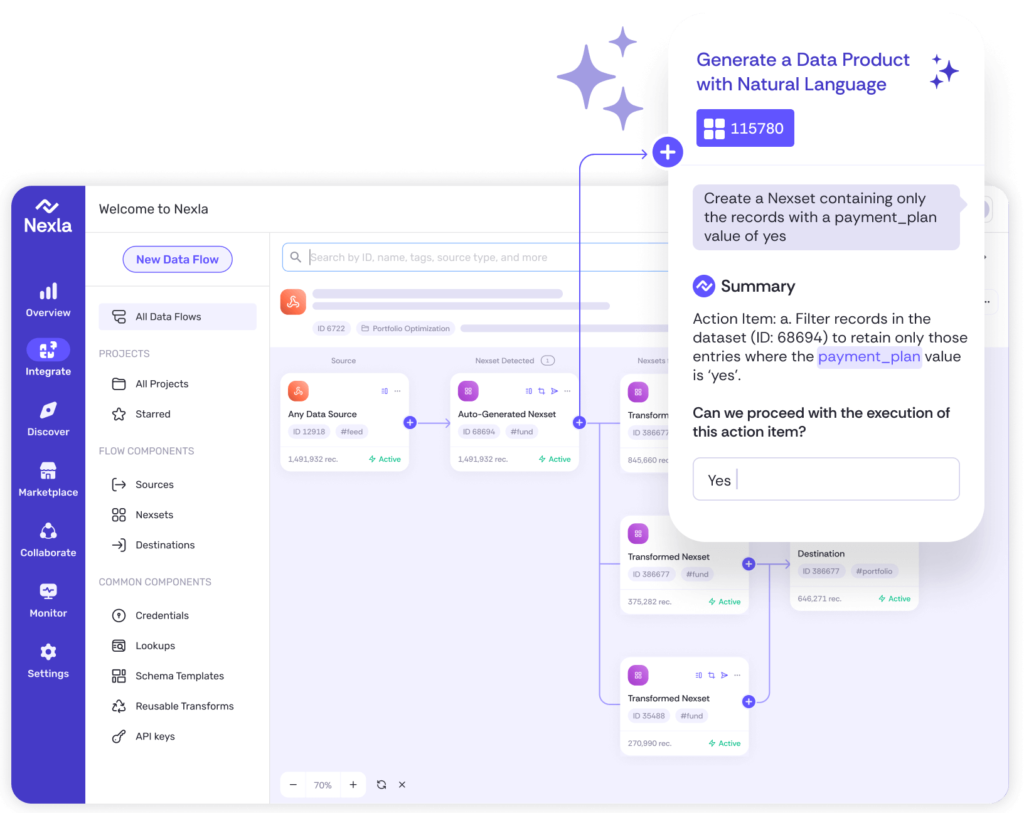
Success now hinges on how well businesses share data beyond their walls. Seamless intercompany data flow fuels smarter decisions, faster collaboration, and real growth. In this new era, connection is the key to competitiveness.
Working together as a team requires collaboration and communication. Humans have several communication mediums – talking, writing, making gestures, taking pictures, creating videos. When computers work together, how do they communicate? Of course using bits and bytes, but just like humans, computers transmit information in many mediums – files, APIs, streams, events etc.
As every aspect of work becomes digital, be it operations, sales, marketing, logistics, product, computers increasingly need to work together. A regular purchase has computers collaborating from taking orders on an app or a website, to triggering warehouse logistics, to printing shipping labels, optimizing shipping routes, tracking packages, and even delivering goods. The bits and bytes flowing across computers are essentially data. These bits can be information such as “List of available products”, or instruction, such as “Print a shipping label”, or both.

How the data is delivered is important, but no one method (e.g. API) is universally better or worse than another (e.g. a File). Just as we may choose to communicate through pictures, video, gestures or words depending on the situation, the choice of delivery medium with computers also depends on the need. Belief that APIs are the only good delivery mechanism is faulty.
Like any consideration in computer science (and life for that matter), the choices are many and usually there is almost always a tradeoff that is made between speed and quantity.

The essential building block of an API is a network connection between two computers. As network connections have gotten faster and have gained capacity, APIs have become a preferred mechanism for a broad range of computer communication and data movement.

Every API call has two basic elements
Technically APIs are APIs with requests and responses, but for the sake of classification we can differentiate between APIs that are mainly instructions as service APIs, while APIs that primarily are meant to deliver data (in their response) as Data APIs.
Communication between computers is an essential part of the digital economy. So is it an API economy then? No. The economy is all about communication between computers. Yes a good chunk of it tends to be instructions and increasingly data, but the delivery mechanism, while important, is not constant.
APIs are great but they give you data when you ask for it. Also they can carry only so much payload of data, that’s why the overall communication between computers uses a variety of mechanisms. Here is just a small sample of the diverse ways in which data often gets integrated in modern business ecosystems:
Ultimately that data gets delivered safely, reliably, and in a timely manner is what matters. The exact mechanism will depend on the use case. And while APIs hold an important role, other methods mentioned above are also very important, especially as new use cases continue to emerge in an enterprise. Data becomes much more important than a particular integration style such as APIs. In other words, the Data Economy becomes a superset of the API Economy. It is the data that ultimately holds true economic value, while the various delivery mechanisms take an essential but invisible role in the background.
Think about all the ways in which the focus on data versus delivery will impact your business. Here are three questions to ask at different levels:
At Nexla, we have centered our focus on data with the understanding that the right data needs to be paired with the right delivery mechanism depending on the use case. That is why the Nexla DataOps platform supports multi-modal data delivery depending on the use cases. Based on this approach we built a mechanism to automatically determine the right way to deliver data – streaming, files, APIs – push APIs pull APIs, data exchange.
Here are six features in the Nexla DataOps platform that converge APIs into regular data flows
For more information or questions, check out our website www.nexla.com, send us a message, or email me directly at saket at nexla.com.

Instantly turn any data into ready-to-use products, integrate for AI and analytics, and do it all 10x faster—no coding needed.